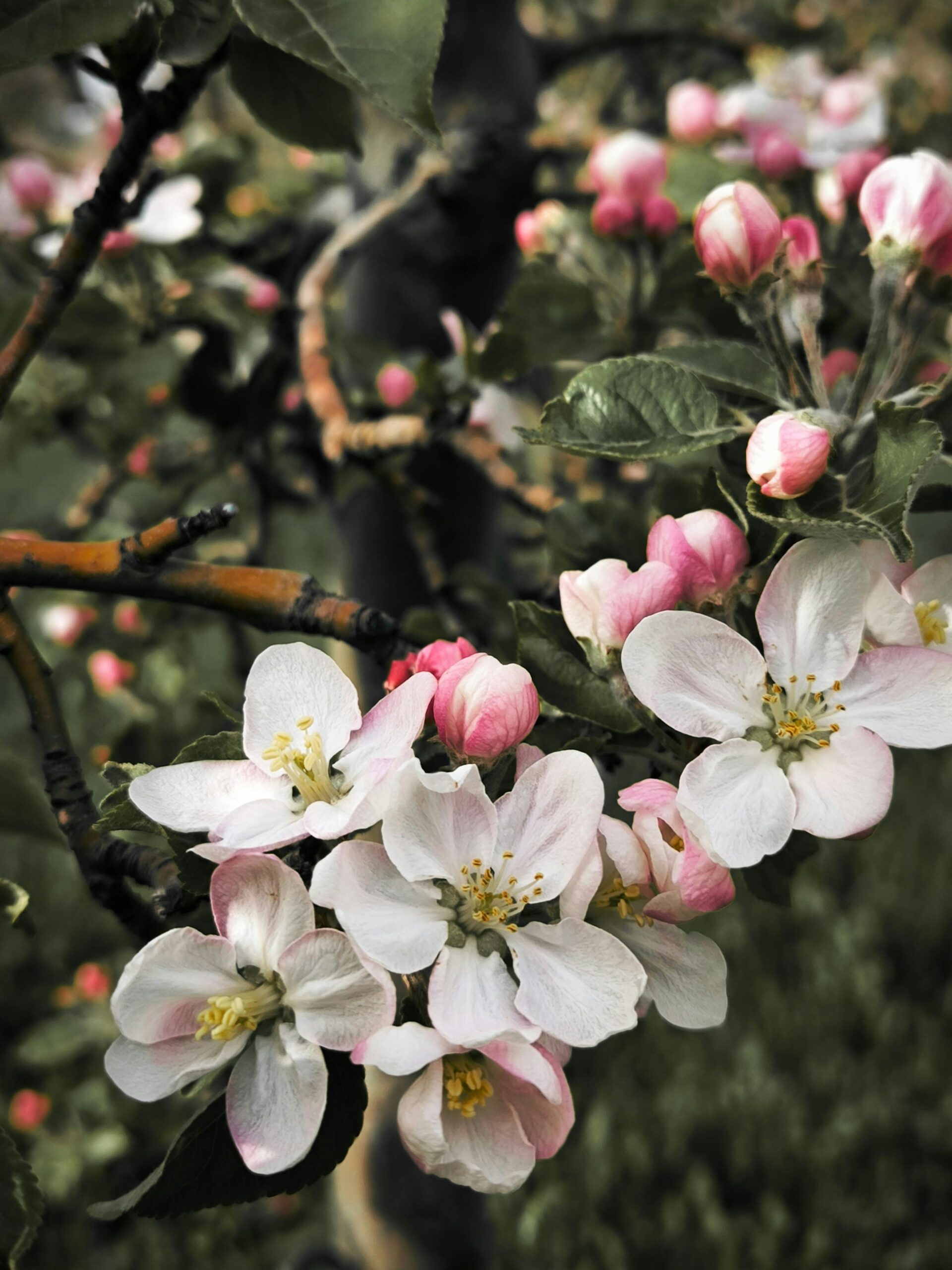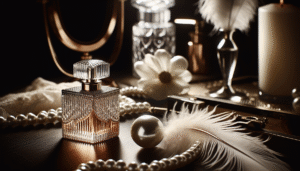Have you ever noticed how a whiff of perfume can conjure up vivid memories or create a sense of identity that feels uniquely yours? Perfume has the incredible power to define or complement your personal style. But if you’ve ever wished your fragrance was just a little more you, then it might be time to explore the art of perfume layering. The practice of combining different scents can enhance your fragrance experience and allow you to create a signature scent that’s completely personal.
Understanding Perfume Layering
Perfume layering might sound complex at first, but it’s simply the process of combining different scents to develop a unique fragrance. It can transform a simple scent into a multi-dimensional olfactory experience. By layering different fragrances, you’re not just enhancing their notes but also creating new ones—nuances that are uniquely you.
The Basics of Fragrance Composition
Before you embark on your perfume layering journey, it’s essential to understand the basic composition of perfumes. Perfumes are typically built on three distinct notes: top, middle (or heart), and base notes. Each of these plays a critical role in the overall scent profile.
- Top Notes: These are the initial scents that you perceive after applying a fragrance. They are usually light and evaporate quickly. Examples include citrus, ginger, and green notes.
- Middle Notes: Also known as heart notes, these form the core of the fragrance. They tend to be well-rounded and mellow, lasting longer than top notes. Common middle notes are jasmine, rose, lavender, and spices.
- Base Notes: These are the longest-lasting elements of a fragrance, providing depth and richness. They may not be noticeable immediately but reveal themselves slowly as the fragrance dries down. Typical base notes include vanilla, musk, and woods.
By understanding these layers, you can better select fragrances that will blend harmoniously.
Why Layer Perfumes?
The motivation behind perfume layering is both practical and personal. Practically, layering allows you to make the most of your fragrance wardrobe, providing endless combinations and permutations from the scents you already own. On a personal level, layering can help you create a one-of-a-kind aroma that resonates with your identity—your unique fragrance signature that isn’t found in anyone else’s bottle.
Getting Started with Perfume Layering
Choosing Your Fragrance Family
Fragrances are often categorized into families based on their dominant characteristics. Common families include floral, oriental, woody, and fresh.
Floral scents, like rose and jasmine, tend to be romantic and soft. Oriental fragrances, featuring notes like amber and spices, are more exotic and warm. Woody fragrances, such as sandalwood and vetiver, offer earthy and rich profiles, while fresh scents such as citrus and aquatic notes provide a clean and energetic feel.
When starting to layer perfumes, consider mixing fragrances from different families to see what unique combinations you can discover.
Understanding Perfume Concentrations
Perfume concentrations impact how long a scent lingers on your skin. Perfumes come in different concentrations, such as Parfum (with the highest concentration of fragrance oils), Eau de Parfum, Eau de Toilette, and Eau de Cologne. Parfum is rich and long-lasting, while Eau de Cologne is lighter and great for refreshing your scent quickly. When layering, consider how these concentrations will impact one another.
Initial Steps to Successful Layering
- Start Simple: Begin your layering journey with no more than two or three scents until you get a feel for how they interact.
- Test and Adjust: Apply fragrances to pulse points like the wrist or elbow to test combinations. Give them time to develop on your skin before deciding if they work together.
- Trust Your Nose: Your intuition will guide you to combinations that appeal to your personal taste. Experimentation is key in finding what suits you.
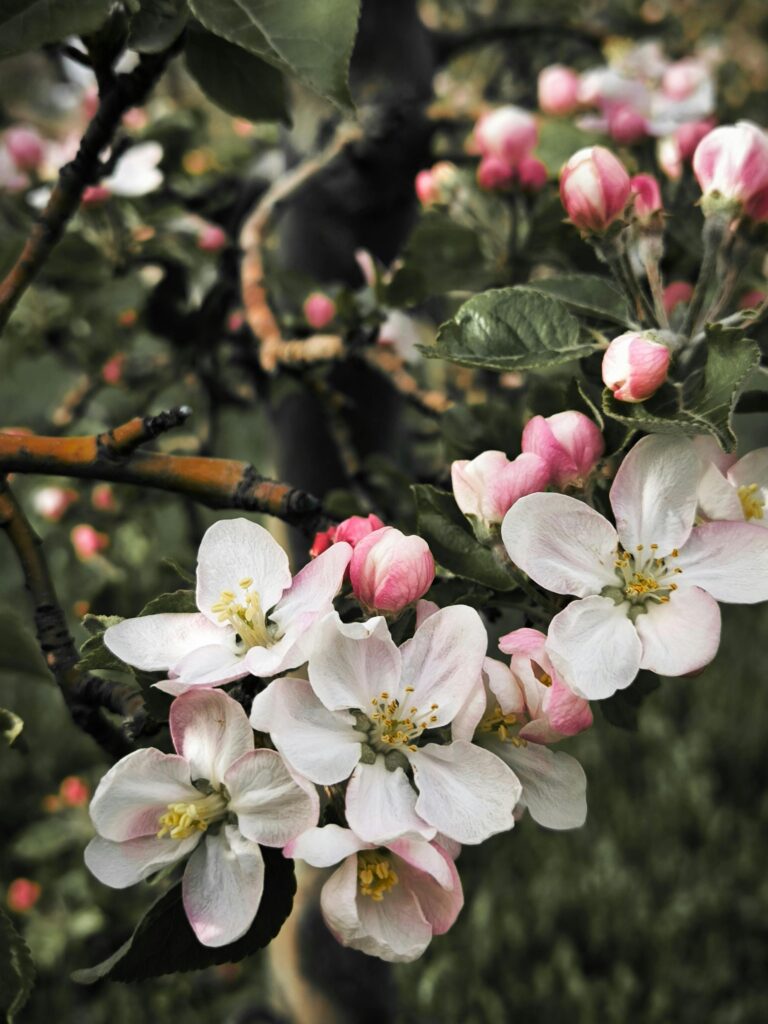
This image is property of images.pexels.com.
Techniques for Layering Perfumes
Layering on Skin vs. Clothing
Layering directly on your skin allows the fragrance to react with your unique body chemistry, which slightly alters how the scent develops. If layering on clothing, keep in mind that the scent may remain more true to the initial application but can last longer.
Order of Application
The order in which you apply your fragrances can influence the outcome:
- Anchors First: Apply the base fragrance first. This provides a foundation with its lasting notes.
- Add Top Notes: Follow with a fragrance that complements or contrasts with the base, focusing on its top notes.
- Customize with Heart Notes: Include fragrances that add depth in the middle phase, if desired.
Create a Balanced Blend
Strive for a harmonious marriage of scents. A good mix of complementary fragrances should feel balanced, where no single element overwhelms the others. Aim for a smooth transition between your top, middle, and base notes.
Enhancing Longevity
- Moisturize: Well-moisturized skin can help a fragrance to cling and last longer. An unscented lotion can be applied before your perfumes.
- Use Matching Products: Employ fragrance oils or complementary lotions alongside your perfumes to enhance and extend the scent.
Avoiding Overlap
When layering, be cautious of combining strong fragrances that may clash, such as mixing overpowering floral with an intense oriental scent. Stick to lighter concentrations and allow time to determine how they evolve.
Exploring Different Layering Combinations
Floral and Fresh
Combining floral scents with fresh notes creates a light and airy bouquet, perfect for daytime or settings where you want to feel refreshed and uplifted. For example, pairing a jasmine scent with a hint of citrus oil creates a bright and cheerful combination.
Oriental and Woody
Blending oriental and woody perfumes can exude warmth and sophistication. A spicy amber tone features beautifully against a backdrop of sandalwood, ideal for evenings or formal occasions.
Sweet and Spicy
You can concoct a delightful blend by adding an unexpected spicy scent to a sweet fragrance like vanilla. This produces an enticing signature scent with intrigue and personality.
| Combination | Descriptive Notes | Suggested Time |
|---|---|---|
| Floral & Fresh | Light, energetic, airy | Daytime |
| Oriental & Woody | Warm, sophisticated | Evenings |
| Sweet & Spicy | Intriguing, playful, memorable | Special events |
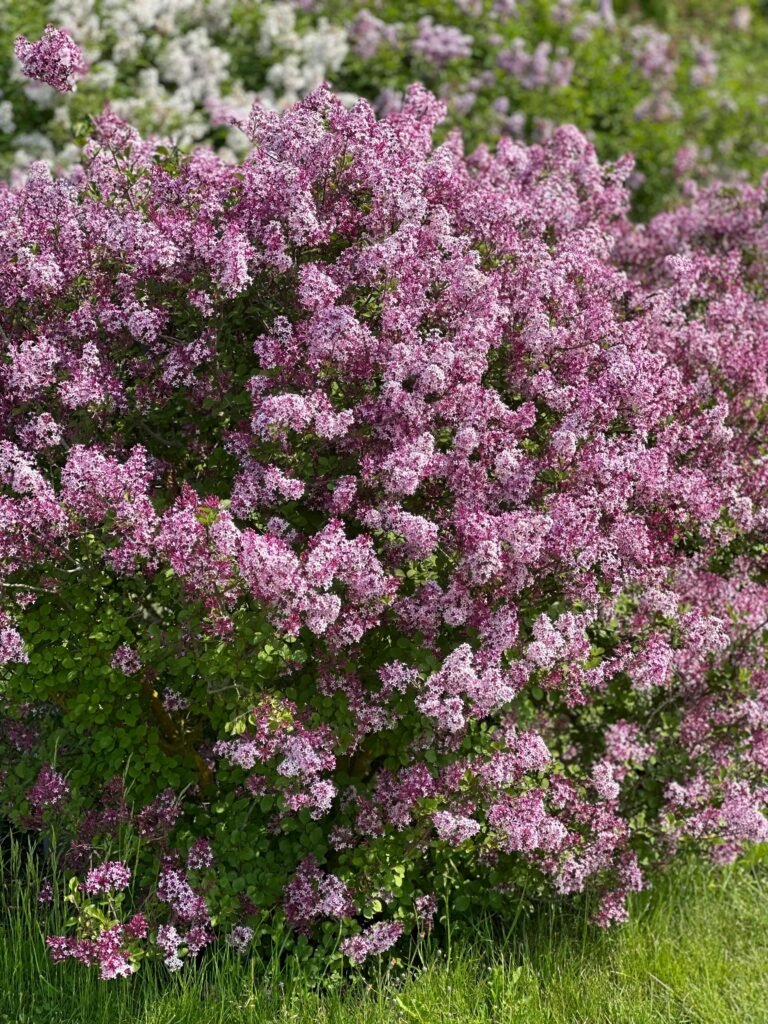
This image is property of images.pexels.com.
Building Your Own Signature Scent
Scent Journaling
Consider keeping a perfume journal where you record your various combinations, the order in which scents were applied, and how they developed over time. This practice can be an excellent reference for remembering beautiful combinations and avoiding less successful pairings.
Be Open to New Fragrances
Expand your collection by occasionally trying new scents that draw your curiosity. You may discover unexpected favorites that layer beautifully with your existing perfumes.
Maintain a Personal Aesthetic
As you experiment, keep your style and personality at the forefront. Your signature scent should be an extension of who you are, reflecting your taste and essence. Consider what kind of impression you want to make and let that guide your choices.
Practical Tips and Troubleshooting
Layering Mistakes to Avoid
-
Combining Too Many Scents: Overcomplicating with too many fragrances can lead to a muddled scent. Stick to fewer perfumes to start.
-
Ignoring Compatibility: Not all perfumes are meant to be layered. Be mindful of individual scent compositions and how they interact.
-
Overapplication: Less is more. Use moderation to avoid overwhelming yourself and those around you.
Adapting to Different Environments
Certain environments may either enhance or diminish the strength of your perfume. Warmer climates can make scents more intense, while cooler air can sometimes mute them. Adapt your scent strategy by choosing lighter combinations for heat and richer ones for cooler conditions.
Traveling with Layered Scents
When traveling, consider bringing scents in smaller decants, so you can conveniently layer them without carrying full-sized bottles. Solid perfumes can also be a practical option for on-the-go applications.
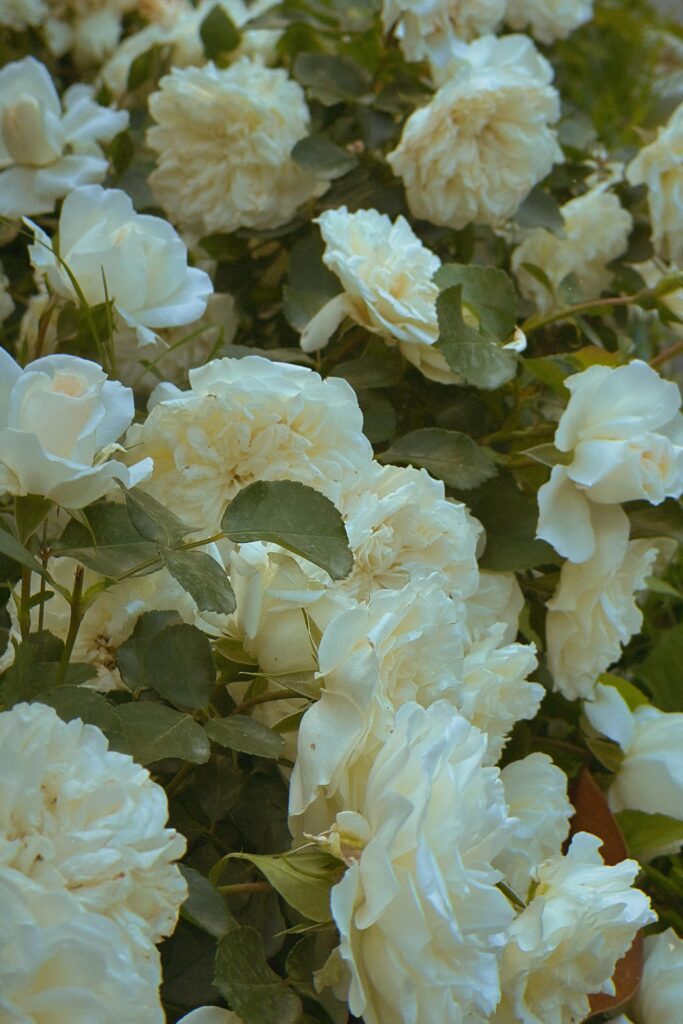
This image is property of images.pexels.com.
Maintaining Your Signature Scent
A signature scent is an evolving part of your personal identity. Much like fashion, it can adapt to changing tastes, experiences, and environments.
Seasonal Adjustments
Think about how you can tweak your perfume layering approach based on seasons. Warmer months may call for lighter, more citrus-based combinations, while winter can embrace warmer, spicier layers.
Adapting to Life Changes
As your life progresses, your fragrance choices may shift. New experiences can inspire fresh scent preferences. Stay open-minded, and don’t hesitate to modify your signature scents to reflect your current self.
Conclusion
Perfume layering is an art that offers limitless possibilities. With knowledge and a personal touch, you can create a captivating signature scent that speaks volumes about who you are. Remember to experiment, trust your nose, and have fun along the way. After all, the ultimate goal is to craft a scent that makes you feel special and confident every time you wear it. Enjoy the journey of creating something beautiful and entirely yours.


